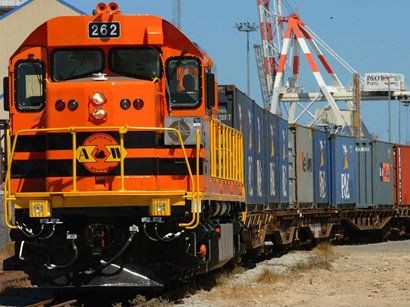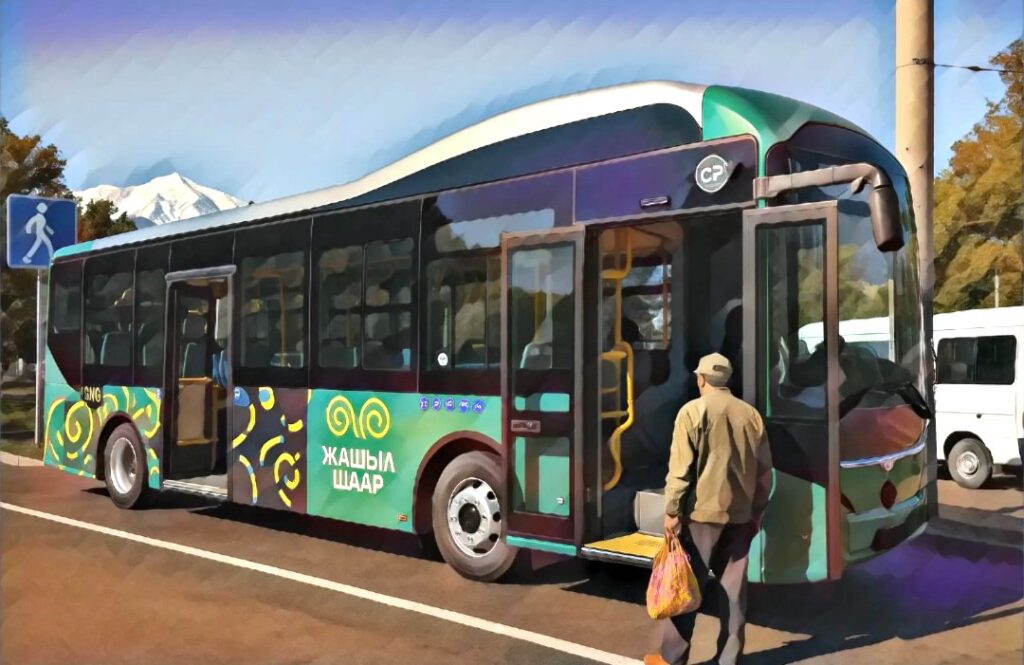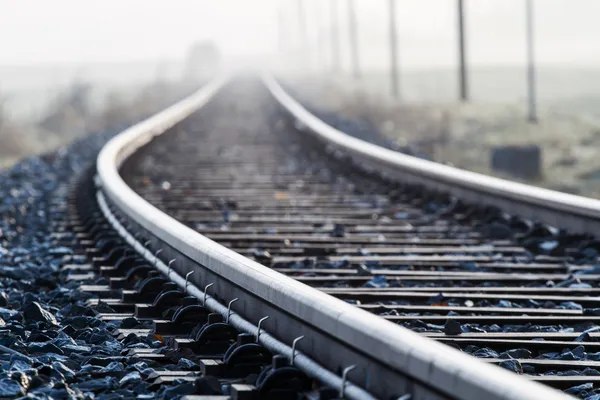BISHKEK (TCA) — In the long term, the growth of container traffic along the China – Eurasian Economic Union (EEU) – EU route will be constrained by a range of non-tariff barriers, as well as the risk that Chinese provinces will discontinue export container traffic subsidies. One of the most critical infrastructure restrictions is the insufficient transport capacity of Polish railways, including crossing points at Belarus-Poland border, according to findings of the Eurasian Development Bank’s Centre for Integration Studies’ report titled Belt and Road Transport Corridors: Barriers and Investments.
The EEU consists of Armenia, Belarus, Kazakhstan, Kyrgyzstan, and Russia.
The most intense container train traffic runs through the Brest (Belarus) – Małaszewicze (Poland) border crossing point. Almost all routes connecting China and the EU pass this crossing point. With the current state of Poland’s railway infrastructure, locomotive fleet and rolling stock, boosting container traffic through the Brest-Małaszewicze crossing point would be a challenge. Even now, the Polish side processes only nine to ten container trains per day instead of the agreed fourteen, the report said.
Investments and substantial efforts are needed to upgrade the capacity of border crossings in Poland and develop the country’s railway infrastructure in the East-West direction. However, Poland does not invest in China-EU routes yet but channels all its resources into railway routes linking the Baltic ports with the south of Europe (North-South). This contradicts the interests of the trans-Eurasian transit, the report finds.
Differences in the length of container trains are another constraint for the development of transcontinental transit along the China – EEU – EU axis. While in Russia an average train has 71 conventional railway cars (a length of 994 m) and in Belarus between 57 and 65 cars (up to 910 m), Polish regulations require that the train length should not exceed 600 m. Therefore, the trains that depart from Małaszewicze contain no more than 43 cars that carry 86 TEU. Accordingly, if a 65-car container train moves towards Poland, it will be shortened to 43 cars in Brest, and the remaining 22 cars will need to wait for another train to be dispatched. This results in the loss of time, the accumulation of containers at border crossings, and higher costs.
The annual doubling of the number of container trains and volume of container cargoes along China – EEU – EU routes in 2013-2016 was due primarily to China’s export railway container traffic subsidies. Yet, there is a risk that China will abolish or cut these subsidies after 2020. This may happen due to the growing demand for China – EU container traffic, as Chinese consignors enjoy additional advantages offered by railway routes (in comparison with sea routes): convenience (speed, frequency and regularity, door-to-door delivery, etc.) is expected to compensate for the freight rate disparity. Whether Chinese provinces will preserve and enhance their railway subsidies is the key issue as regards the prospective increase in container traffic, the report said.
A survey of European consignors has shown that efforts are needed to popularize trans-Eurasian freight traffic routes along the China – EEU – EU axis. This will help to attract additional shipments from the EU to China and reduce the share of empty containers. For the time being, European companies lack information about the advantages and terms of using trans-Eurasian land transport corridors (delivery times, transport modalities, door-to-door delivery, delivery costs), the level of their development, and existing routes (primarily, railway ones).









